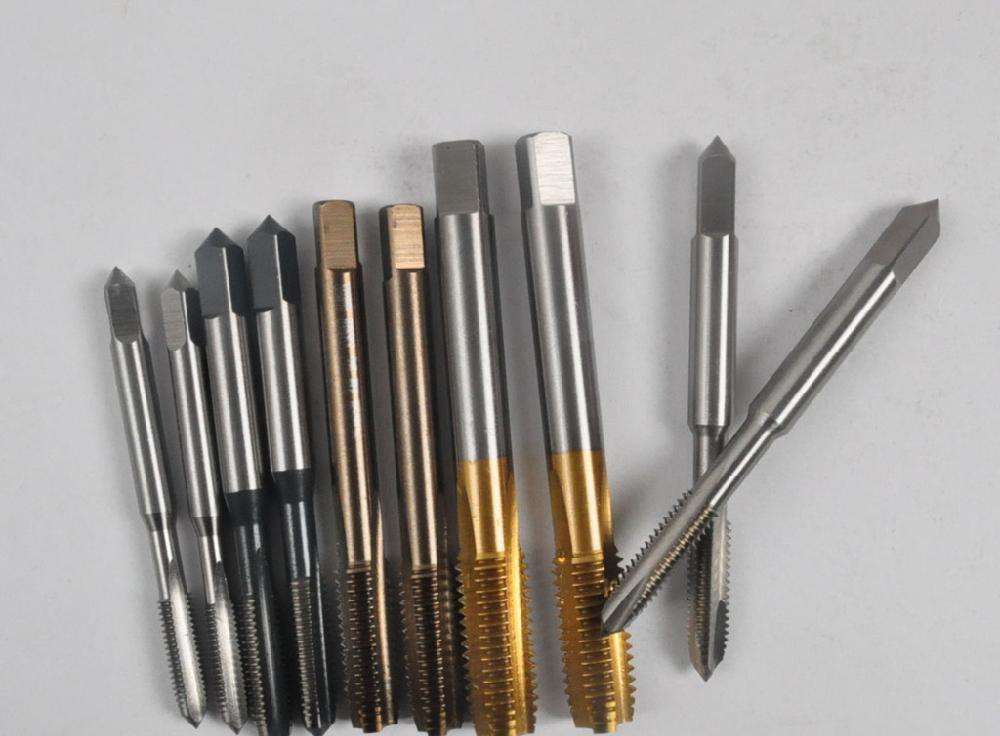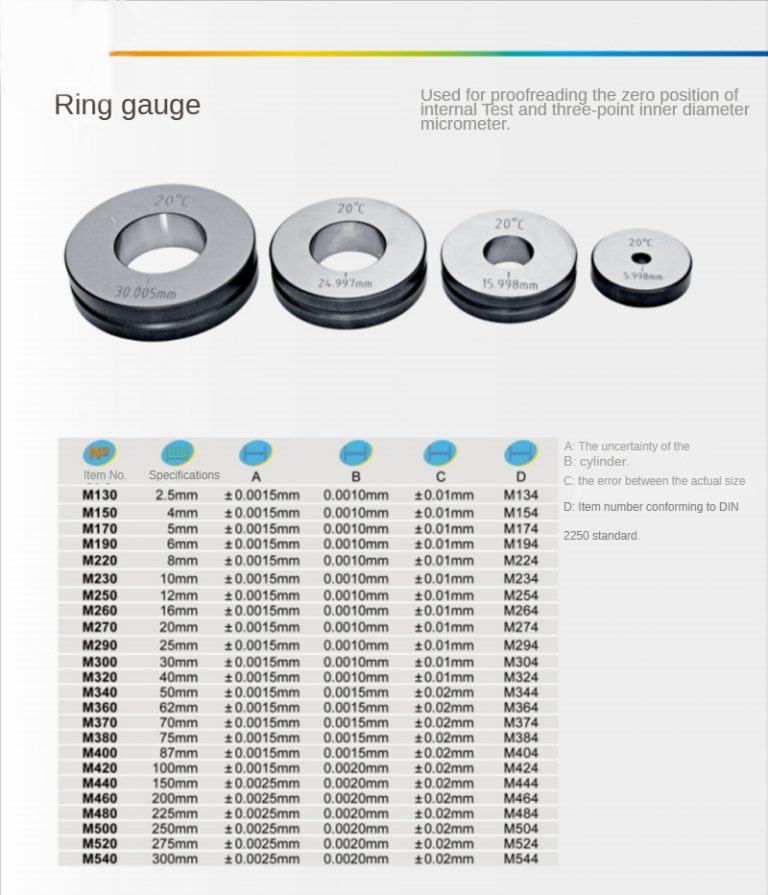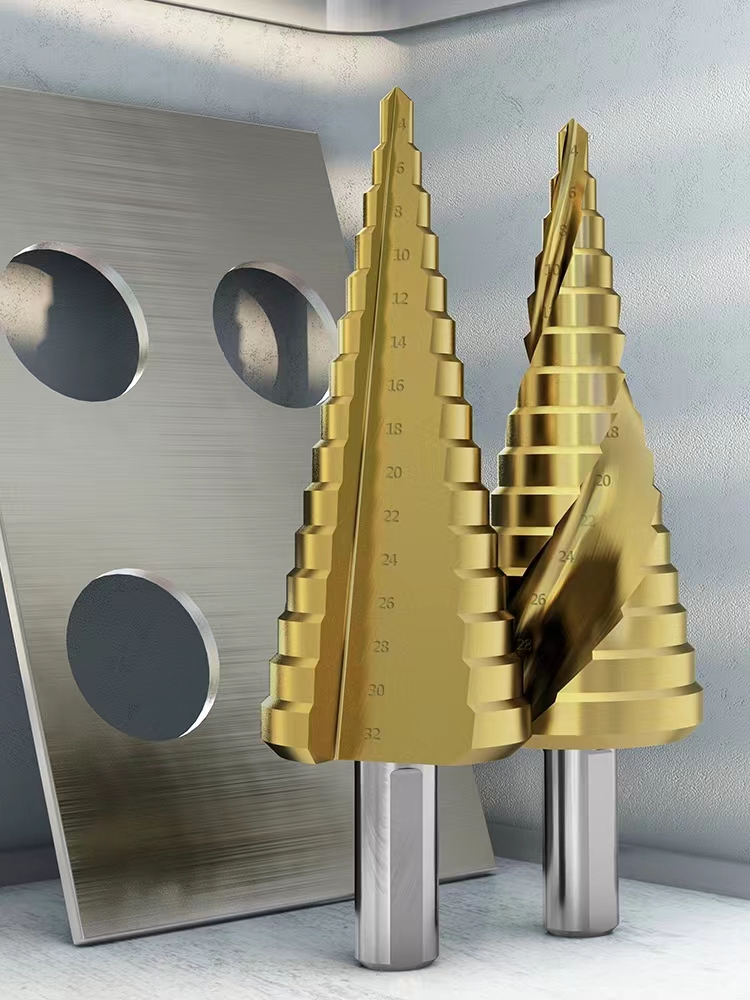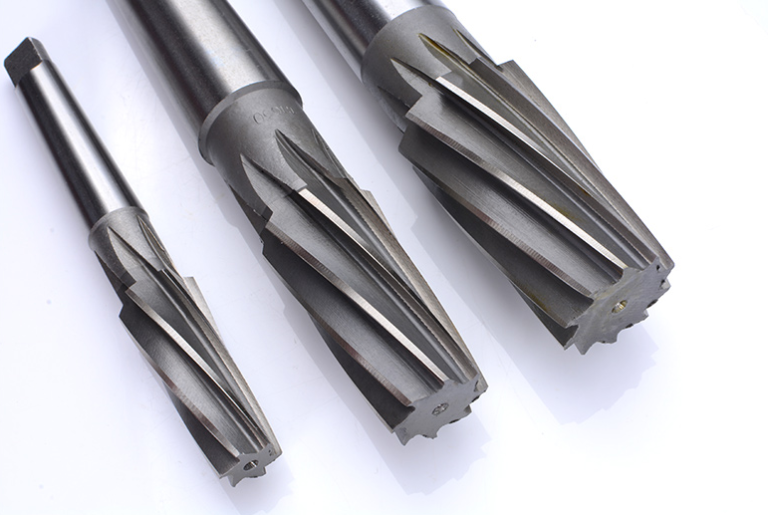Tap die oxidation treatment
Tap die oxidation treatment
Oxidation treatment is a surface treatment method in which the high-speed steel wire is placed in water vapor at 500-550°C to form a Fe3O4 film on its surface. Oxidation treatment is also called high pressure steam treatment.
There are three kinds of iron oxides, FeO, Fe2O3, and Fe3O4. Among them, FeO can only be formed above 570°C, so it does not exist in the surface treatment layer of high-speed steel taps. There are Fe3O4 (black iron) and Fe2O3 ( Red iron), and the latter is not beneficial to the machinability of the tap. After high-quality surface treatment, the treatment layer of the tap is Fe3O4 film, which is beautiful in appearance, blue-black in color, and the thickness of the surface layer is 1-3um.
- Oxidation characteristics
The reason why the oxidation treatment can improve the performance of the tap is that the surface layer is porous, which has good adsorption to the cooling liquid and can reduce friction. At the same time, it can prevent the bonding between the tap and the material to be cut. In addition, the grinding stress remaining on the surface of the tap when making it is removed.
However, it should be noted that the coating formed by oxidation treatment cannot improve the hardness of the surface layer of the tap, that is, the coating itself has no wear resistance. - Scope of application
Oxidized taps have a good effect on stainless steel, cast steel, carbon steel, nickel steel, chrome steel and other cutting materials that are prone to bonding, and are almost applicable to the processing of all steel parts.
However, it should be noted that oxidation treatment does not have a particularly good effect on non-metallic materials such as aluminum alloys, die-cast aluminum alloys, and brass, and may even reduce the cutting performance of the tap.
Oxidation treatment is widely used in various types of taps







